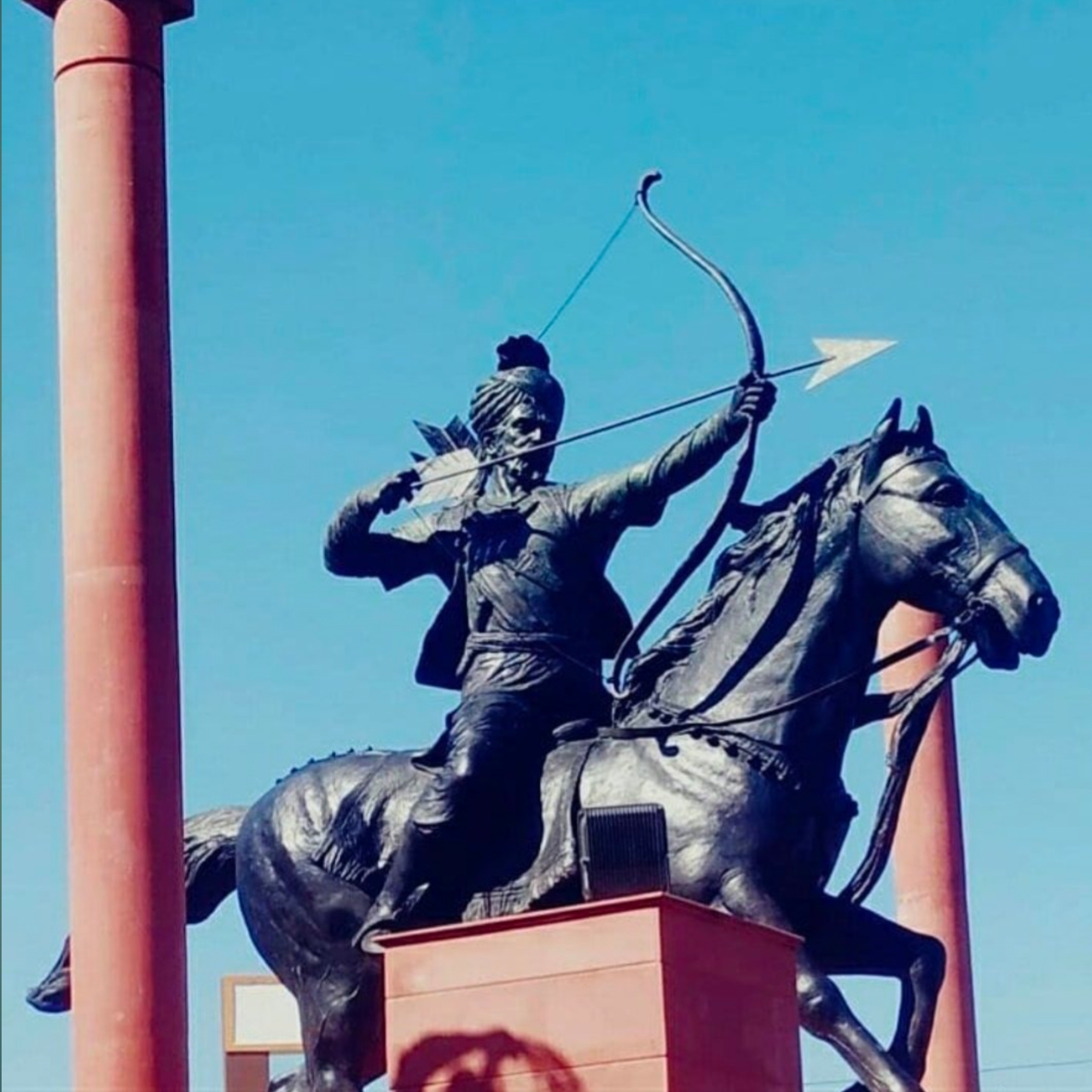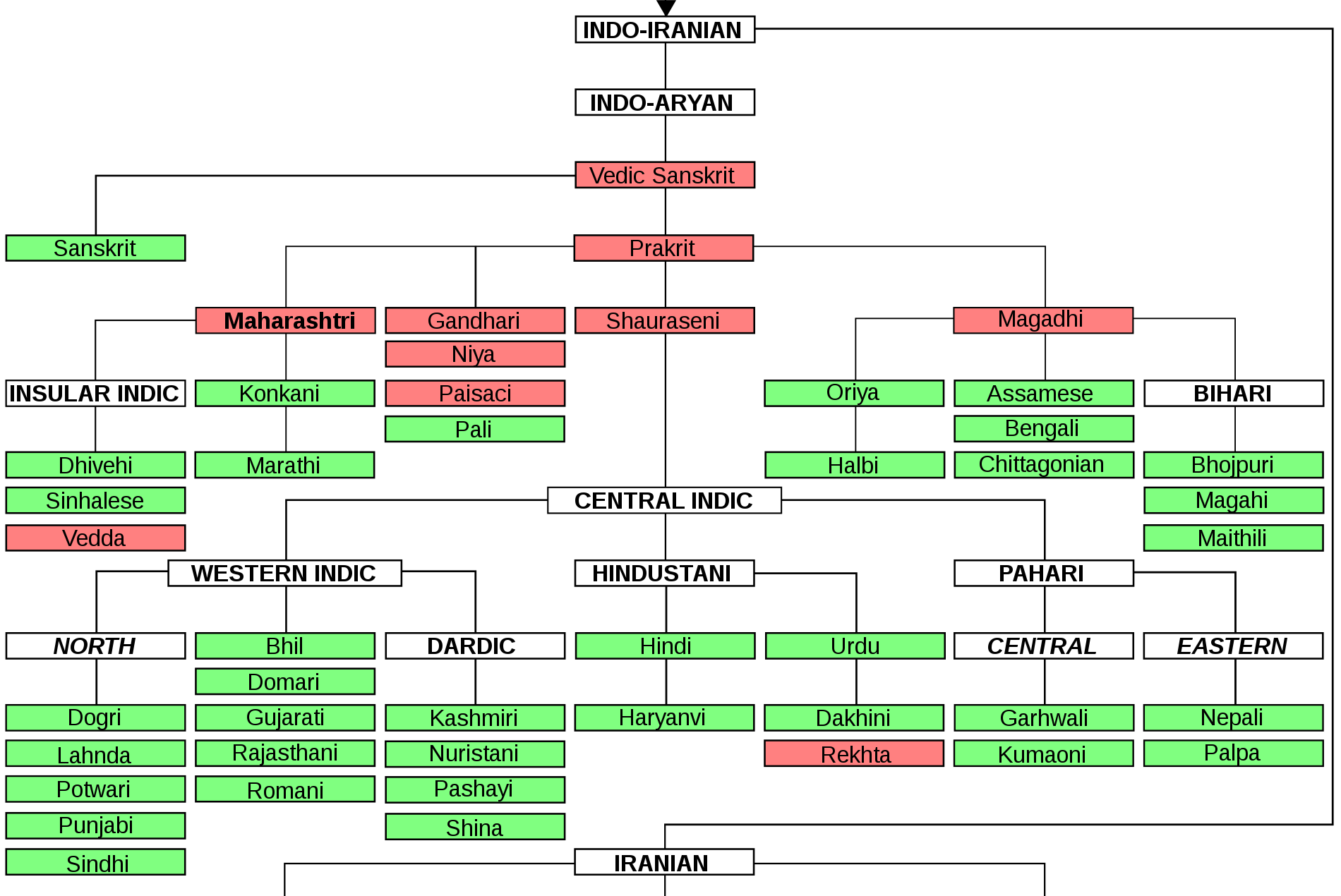|
Bhils
Bhil or Bheel refer to the various indigenous groups inhabiting western India, including parts of Rajasthan and Madhya Pradesh and are also found in distant places such as Bengal and Tripura. Though they now speak the Bhili language, an Indo-Aryan language, the original aboriginal language that the Bhil originally spoke is lost. Bhils are divided into a number of endogamous territorial divisions, which in turn have a number of clans and lineages. Bhils are listed as tribal people in the states of Gujarat, Madhya Pradesh, Chhattisgarh, Maharashtra and Rajasthan—all in the western Deccan regions and central India—as well as in Bengal and Tripura in far-eastern India, on the border with Bangladesh. Many Bhils speak the dominant language of the region they reside in, such as Marathi, Gujarati or Bengali. Etymology Some scholars suggest that the term Bhil is derived from the word ''billa'' or ''billu'' which means bow in the Dravidian lexis. The term Bhil is used to refer to ... [...More Info...] [...Related Items...] OR: [Wikipedia] [Google] [Baidu] [Amazon] |
Bhil Languages
The Bhil languages are a group of lects spoken by the Bhil that are classified as dialects of Indo-Aryan languages such as Gujarati and Rajasthani. They are spoken by around 10.4 million Bhils in western and central India as of 2011 and constitute the primary languages of the southern Aravalli Range in Rajasthan and the western Satpura Range in Madhya Pradesh, northwestern Maharashtra, and southern Gujarat. According to the 52nd report of the commissioner for linguistic minorities in India, Ministry of Minority Affairs, Bhili is the most commonly spoken language of the district of Dadra and Nagar Haveli constituting 40.42% of its total population. Bhili speakers are also significant in the states of Gujarat (4.75%), Madhya Pradesh (4.93%) and Rajasthan (4.60%). Relationship The Bhil languages form a link midway between the Gujarati language and the Rajasthani–Marwari languages. Grouped geographically, the Bhil languages are the following: *Northern Bhil ** Bauria ** W ... [...More Info...] [...Related Items...] OR: [Wikipedia] [Google] [Baidu] [Amazon] |
Sindhi Bhil
Sindhi Bhil, () is an Indo-Aryan dialect spoken in the Pakistani province of Sindh, as well as some parts of Balochistan. Sindhi Bhil is often referred to as a Sindhi dialect rather than a separate language alongside Lasi. Characteristics Sindhi Bhil is known to have many old Sindhi words, which were lost after Arabic, Persian, and Chaghatai words were absorbed into Sindhi. Sindhi Bhil's Badin dialect is closest to Sindhi. The Mohrano speakers have added many Dhatki words into their language, and some say the Mohrano dialect of Sindhi Bhil may be considered a different language due to the number of Dhatki loanwords it has. Speakers The Sindhi Bhils and Sindhi Meghwars are the speakers of Sindhi Bhil and are Hindu and number around 86,500. They live in Balochistan and Sindh, while there are diasporas in Gujarat and Delhi in India due to the Partition of India The partition of India in 1947 was the division of British India into two independent dominion stat ... [...More Info...] [...Related Items...] OR: [Wikipedia] [Google] [Baidu] [Amazon] |
Madhya Pradesh
Madhya Pradesh (; ; ) is a state in central India. Its capital is Bhopal and the largest city is Indore, Indore. Other major cities includes Gwalior, Jabalpur, and Sagar, Madhya Pradesh, Sagar. Madhya Pradesh is the List of states and union territories of India by area, second largest Indian state by area and the List of states and union territories of India by population, fifth largest state by population with over 72 million residents. It borders the states of Rajasthan to the northwest, Uttar Pradesh to the northeast, Chhattisgarh to the east, Maharashtra to the south, Gujarat to the west. The area covered by the present-day Madhya Pradesh includes the area of the ancient Avanti (India), Avanti Mahajanapada, whose capital Ujjain (also known as Avantika) arose as a major city during the second wave of Indian urbanisation in the sixth century BCE. Subsequently, the region was ruled by the major dynasties of India. The Maratha Confederacy, Maratha Empire dominated the maj ... [...More Info...] [...Related Items...] OR: [Wikipedia] [Google] [Baidu] [Amazon] |
Gale (publisher)
Gale is a global provider of research and digital learning resources. The company is based in Farmington Hills, Michigan, United States, west of Detroit. It has been a division of Cengage since 2007. The company, formerly known as Gale Research and the Gale Group, is active in research and educational publishing for public, academic, and school libraries, and for businesses. The company is known for its full-text magazine and newspaper databases, Gale OneFile (formerly known as Infotrac), and other online databases subscribed by libraries, as well as multi-volume reference works, especially in the areas of religion, history, and social science. Founded in Detroit, Michigan, in 1954 by Frederick Gale Ruffner Jr., the company was acquired by the International Thomson Organization (later the Thomson Corporation) in 1985 before its 2007 sale to Cengage. History In 1998, Gale Research merged with Information Access Company and Primary Source Media, two companies also owned by T ... [...More Info...] [...Related Items...] OR: [Wikipedia] [Google] [Baidu] [Amazon] |
Indigenous Peoples
There is no generally accepted definition of Indigenous peoples, although in the 21st century the focus has been on self-identification, cultural difference from other groups in a state, a special relationship with their traditional territory, and an experience of subjugation and discrimination under a dominant cultural model. Estimates of the population of Indigenous peoples range from 250 million to 600 million. There are some 5,000 distinct Indigenous peoples spread across every inhabited climate zone and inhabited continent of the world. Most Indigenous peoples are in a minority in the state or traditional territory they inhabit and have experienced domination by other groups, especially non-Indigenous peoples. Although many Indigenous peoples have experienced colonization by settlers from European nations, Indigenous identity is not determined by Western colonization. The rights of Indigenous peoples are outlined in national legislation, treaties and international law ... [...More Info...] [...Related Items...] OR: [Wikipedia] [Google] [Baidu] [Amazon] |
India
India, officially the Republic of India, is a country in South Asia. It is the List of countries and dependencies by area, seventh-largest country by area; the List of countries by population (United Nations), most populous country since 2023; and, since its independence in 1947, the world's most populous democracy. Bounded by the Indian Ocean on the south, the Arabian Sea on the southwest, and the Bay of Bengal on the southeast, it shares land borders with Pakistan to the west; China, Nepal, and Bhutan to the north; and Bangladesh and Myanmar to the east. In the Indian Ocean, India is near Sri Lanka and the Maldives; its Andaman and Nicobar Islands share a maritime border with Thailand, Myanmar, and Indonesia. Modern humans arrived on the Indian subcontinent from Africa no later than 55,000 years ago., "Y-Chromosome and Mt-DNA data support the colonization of South Asia by modern humans originating in Africa. ... Coalescence dates for most non-European populations averag ... [...More Info...] [...Related Items...] OR: [Wikipedia] [Google] [Baidu] [Amazon] |
Bengal
Bengal ( ) is a Historical geography, historical geographical, ethnolinguistic and cultural term referring to a region in the Eastern South Asia, eastern part of the Indian subcontinent at the apex of the Bay of Bengal. The region of Bengal proper is divided between the modern-day sovereign nation of Bangladesh and the States and union territories of India, Indian states of West Bengal, and Karimganj district of Assam. The ancient Vanga Kingdom is widely regarded as the namesake of the Bengal region. The Bengali calendar dates back to the reign of Shashanka in the 7th century CE. The Pala Empire was founded in Bengal during the 8th century. The Sena dynasty and Deva dynasty ruled between the 11th and 13th centuries. By the 14th century, Bengal was absorbed by Muslim conquests in the Indian subcontinent. An independent Bengal Sultanate was formed and became the eastern frontier of the Islamic world. During this period, Bengal's rule and influence spread to Assam, Arakan, Tri ... [...More Info...] [...Related Items...] OR: [Wikipedia] [Google] [Baidu] [Amazon] |
Indo-Aryan Language
The Indo-Aryan languages, or sometimes Indic languages, are a branch of the Indo-Iranian languages in the Indo-European language family. As of 2024, there are more than 1.5 billion speakers, primarily concentrated east of the Indus river in Bangladesh, Northern India, Eastern Pakistan, Sri Lanka, Maldives and Nepal. Moreover, apart from the Indian subcontinent, large immigrant and expatriate Indo-Aryan–speaking communities live in Northwestern Europe, Western Asia, North America, the Caribbean, Southeast Africa, Polynesia and Australia, along with several million speakers of Romani languages primarily concentrated in Southeastern Europe. There are over 200 known Indo-Aryan languages. Modern Indo-Aryan languages descend from Old Indo-Aryan languages such as early Vedic Sanskrit, through Middle Indo-Aryan languages (or Prakrits). The largest such languages in terms of first-speakers are Hindi–Urdu (),Standard Hindi first language: 260.3 million (2001), as second language: ... [...More Info...] [...Related Items...] OR: [Wikipedia] [Google] [Baidu] [Amazon] |
Bhili Language
Bhili (Bhili: , ), , is a Western Indo-Aryan language spoken in west-central India, in the states of Rajasthan, Gujarat, Maharashtra, and Madhya Pradesh. Other name for the language include Bhilboli; several varieties are called Garasia. Bhili is a member of the Bhil languages, which are related to Gujarati and Rajasthani. The language is written using the Devanagari script. Bhili has no official status in India. Phonology Consonants * may also be heard as in free variation. * occurs in loanwords from Persian and Hindi. * is heard as an allophone of preceding . Vowels * Vowels can also be heard as . * is borrowed from Hindi. * may also be heard as in final position. * Further reading * Bodhankar, Anantrao. ''Bhillori (Bhilli) – English Dictionary''. Pune: Tribal Research & Training Institute, 2002. * Jungblut, L. ''A Short Bhili Grammar of Jhabua State and Adjoining Territories''. S.l: s.n, 1937. * Thompson, Charles S. ''Rudiments of the Bhili Language'' ... [...More Info...] [...Related Items...] OR: [Wikipedia] [Google] [Baidu] [Amazon] |
Christianity
Christianity is an Abrahamic monotheistic religion, which states that Jesus in Christianity, Jesus is the Son of God (Christianity), Son of God and Resurrection of Jesus, rose from the dead after his Crucifixion of Jesus, crucifixion, whose coming as the Messiah#Christianity, messiah (Christ (title), Christ) was Old Testament messianic prophecies quoted in the New Testament, prophesied in the Old Testament and chronicled in the New Testament. It is the Major religious groups, world's largest and most widespread religion with over 2.3 billion followers, comprising around 28.8% of the world population. Its adherents, known as Christians, are estimated to make up a majority of the population in Christianity by country, 157 countries and territories. Christianity remains Christian culture, culturally diverse in its Western Christianity, Western and Eastern Christianity, Eastern branches, and doctrinally diverse concerning Justification (theology), justification and the natur ... [...More Info...] [...Related Items...] OR: [Wikipedia] [Google] [Baidu] [Amazon] |
Endogamy
Endogamy is the cultural practice of marrying within a specific social group, religious denomination, caste, or ethnic group, rejecting any from outside of the group or belief structure as unsuitable for marriage or other close personal relationships. Its opposite, exogamy, describes the social norm of marriage outside of the group. Endogamy is common in many cultures and ethnic groups. Several religious and Ethnic religion, ethnic religious groups are traditionally more endogamous, although sometimes mating outside of the group occurs with the added dimension of requiring Marital conversion, marital religious conversion. This permits an exogamous marriage, as the convert, by accepting the partner's religion, becomes accepted within the endogamous group. Endogamy may result in a higher rate of recessive gene–linked genetic disorders. Adherence Endogamy can encourage sectarianism and serves as a form of self-segregation. For instance, a community resists integration or comple ... [...More Info...] [...Related Items...] OR: [Wikipedia] [Google] [Baidu] [Amazon] |



